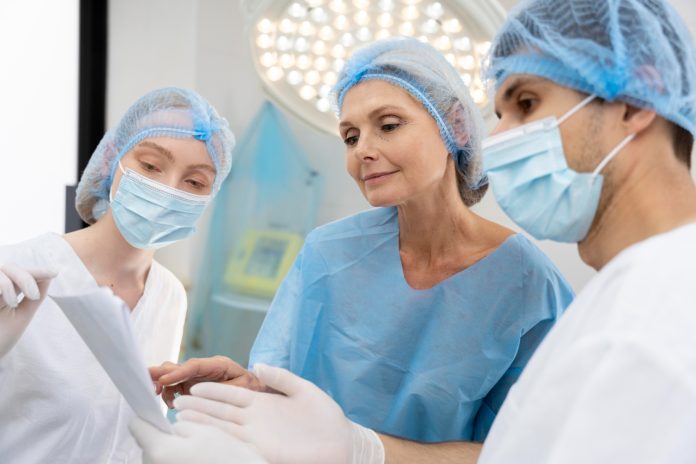Undergoing gender affirming surgery is a transformative step towards aligning physical characteristics with one’s gender identity. The recovery period following surgery is crucial for achieving positive outcomes and overall well-being. Here are practical tips to support your journey through recovery.
Follow Your Surgeon’s Recommendations
After surgery, your surgeon will provide detailed post-operative care instructions tailored to your specific procedure and health needs. These instructions cover wound care, medication schedules, activity restrictions and follow-up appointments. Adhering closely to these recommendations is essential for minimising risks and promoting effective healing. For more resources and information, visit pelvicrelief.co.uk to support your recovery journey after gender affirming surgery.
Prioritise Rest and Recovery
Rest is paramount for allowing your body to heal properly. Plan to take ample time off work or school and avoid strenuous activities during the initial recovery phase. While light activities recommended by your healthcare provider can be beneficial, ensure they do not compromise your rest and recuperation.
Manage Pain Effectively
Managing pain is critical during the recovery process. Follow your surgeon’s prescribed pain medications and communicate promptly if you experience severe or persistent discomfort. Using ice packs and wearing loose, comfortable clothing can also help alleviate pain and reduce swelling.
Maintain Hydration and Nutrition
Proper hydration and nutrition are foundational for supporting your body’s healing journey. Stay well-hydrated and prioritise a balanced diet packed with essential vitamins and minerals. Foods rich in protein, along with vitamins A, C and zinc, are especially beneficial for promoting tissue repair and strengthening your immune system. It’s important to avoid alcohol and smoking as they can impede the healing process.
Monitor for Complications
Stay vigilant for any signs of complications such as infection, excessive bleeding or unusual swelling near the surgical site. Report any concerning symptoms, such as fever, increased redness, discharge or unusual odours, to your healthcare provider promptly. Early detection and treatment are crucial for ensuring a smooth recovery.
Adhere to Proper Wound Care
Follow your surgeon’s instructions meticulously for wound care to prevent infections. Cleanse your wounds gently with mild soap and water and apply sterile dressings as directed. Refrain from soaking in baths or swimming until approved by your surgeon.
Gradually Resume Physical Activities
As your strength improves, slowly incorporate gentle physical activities like walking into your daily routine. This promotes better circulation and lowers the chance of complications. Until approved by your healthcare provider, refrain from engaging in strenuous exercises or activities that might strain the surgical area.
Seek Emotional Support
The recovery journey can be emotionally challenging. Seek support from trusted friends, family members or a mental health professional who understands your experience. Engaging with support groups for individuals who have undergone similar surgeries can provide valuable emotional support and practical advice.
Attend Follow-Up Appointments
It’s important to attend all scheduled follow-up appointments with your surgeon. These appointments play a crucial role in monitoring your progress, addressing any concerns you may have and allowing your surgeon to assess how well you are healing. They may also involve removing stitches or drains if needed, ensuring that your recovery is on track as expected.
Be Patient and Kind to Yourself
Recovery is a personal and unique process. Be patient with your body and allow yourself the necessary time to heal fully. Celebrate small victories and milestones along the way, acknowledging your resilience throughout your recovery journey.
Conclusion
Successfully navigating recovery after gender affirming surgery requires dedication to post-operative care and a supportive environment. By following these practical tips and maintaining open communication with your healthcare team, you can optimise your recovery experience and confidently move forward on your journey towards living authentically and healthily.


























